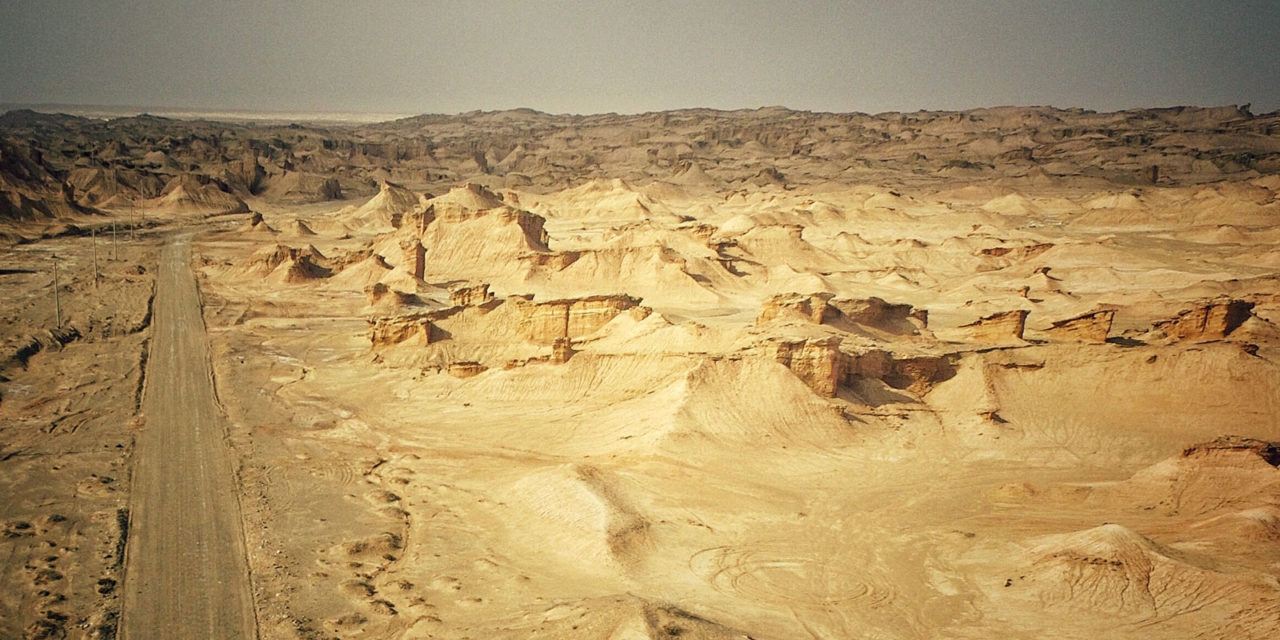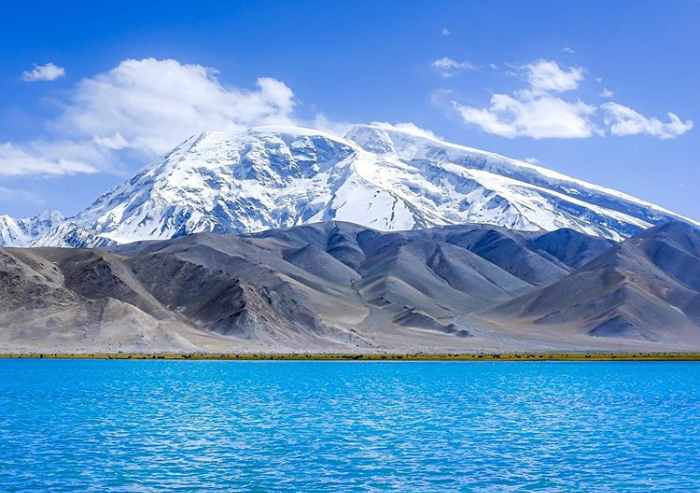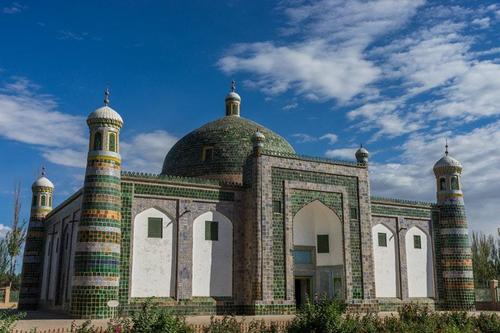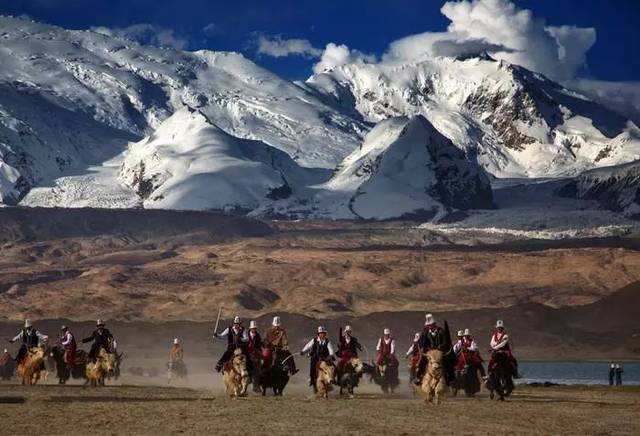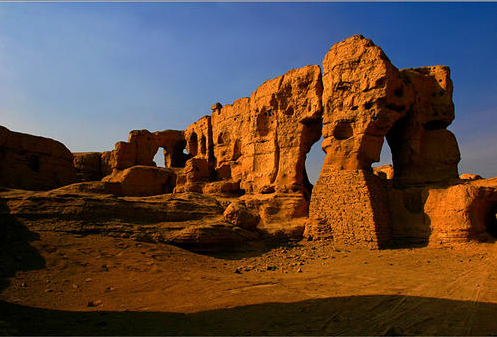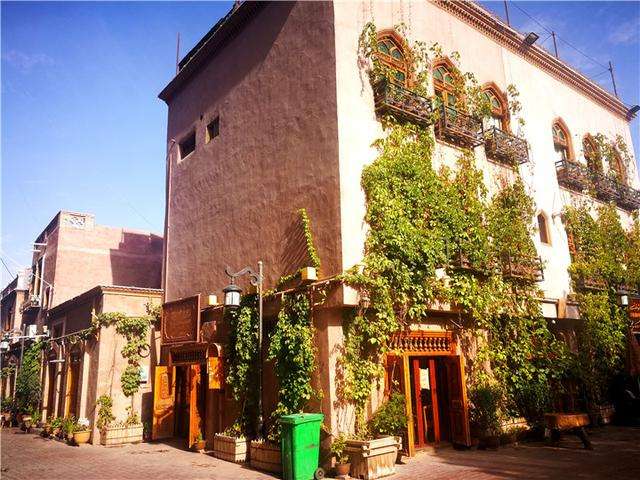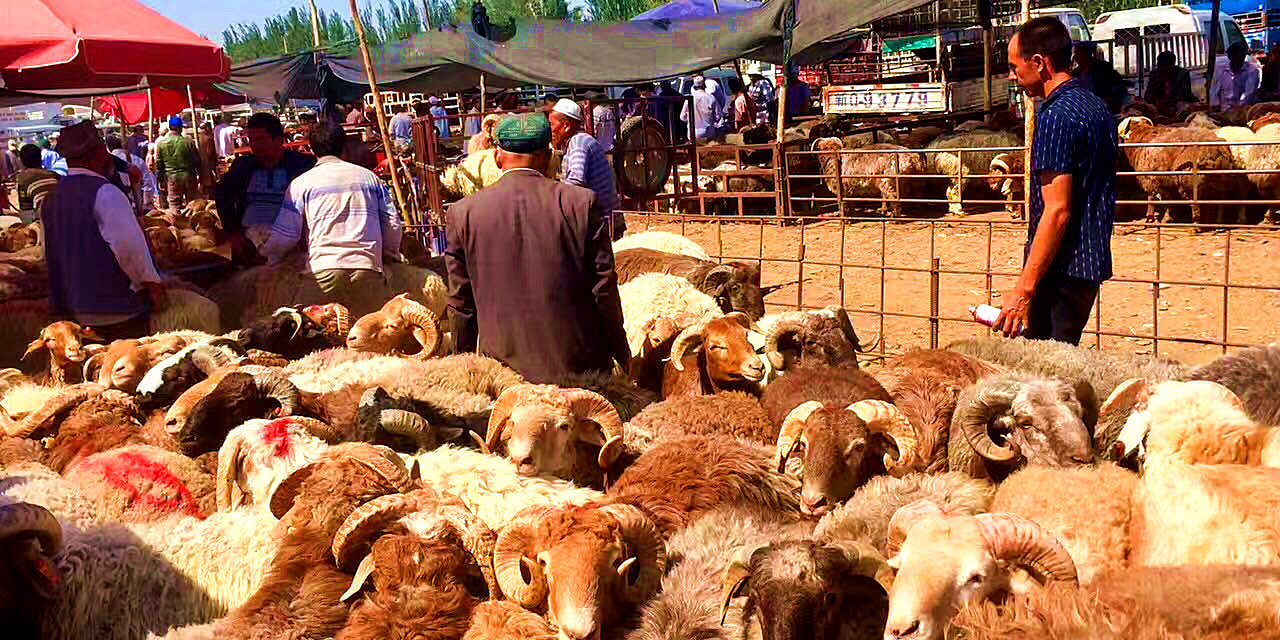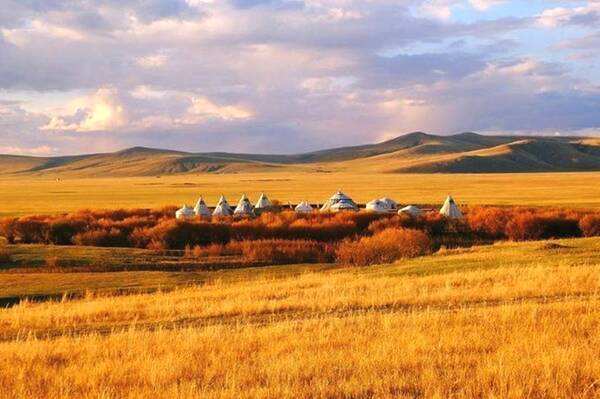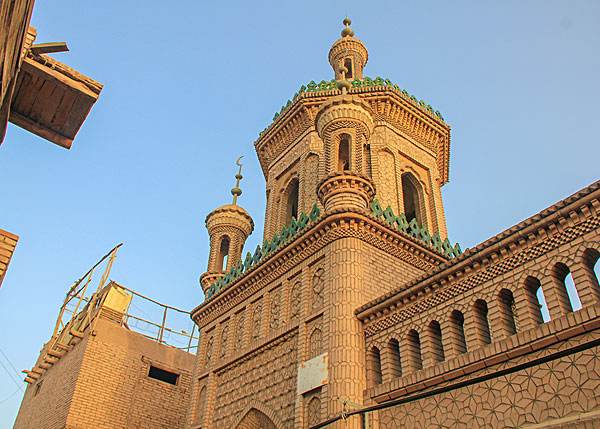A 12-day expedition tracing the ancient Silk Road through Xinjiang’s desert highways, oasis towns, and alpine wonders. Explore UNESCO-listed ruins, vibrant bazaars, and ethnic traditions, blending Uyghur, Tajik, and Han Chinese heritage against backdrops of snow-capped peaks and golden dunes.
HomeCategory
Kashgar Tours
Embark on a 16-day journey through Xinjiang’s most iconic landscapes, blending North Xinjiang’s alpine lakes and grasslands with South Xinjiang’s Silk Road history and Pamir peaks. Traverse deserts, nomadic villages, and UNESCO sites while immersing in Uyghur, Kazakh, and Tuvan traditions.
Journey through Xinjiang’s Silk Road heartland, from Urumqi’s bustling bazaars to the Pamir Plateau’s glacial lakes. Explore 2,000-year-old ruins, UNESCO-listed sites, and diverse ethnic cultures while traversing deserts, mountains, and oasis towns.
A 5-day journey through the soul of the ancient Silk Road, combining Kashgar’s bustling bazaars, UNESCO-listed Old Town, and the breathtaking Pamir Plateau. Explore living history, nomadic traditions, and landscapes that stretch from Martian-red valleys to snow-capped peaks.
Xinjiang, located in the northwest border of China, is one of China's five ethnic autonomous regions. It is located in the hinterland of Asia Europe continent, with a land border line of more than 5600Km. It is bordered by eight countries including Russia, Kazakhstan, Kyrgyzstan, Tajikistan, Pakistan, Mongolia, India and Afghanistan. It is an important channel of the ancient Silk Road in history, and now it is the only place where the second "Asia Europe continental bridge" must pass. Its strategic position is very important. There is the second highest peak in the world with an altitude of 8600 meters and the lowest depression in China with an altitude of 154 meters. Xinjiang is the hometown of singing and dancing, fruits, gold and jade. There are 56 types of national tourism resources in Xinjiang, accounting for 83% of the total. Here, tourists can experience the different living habits of 56 ethnic groups in China and experience the unique charm of Xinjiang.
Located on the western edge of China, Xinjiang is a land of contrasts – home to the second highest point in the world and the second lowest point in the world. Throughout history, the land has long been home to many different ethnic groups and religious beliefs. The earliest people found in Xinjiang were Indo-European and whose trace can be seen today in the mummies at the Xinjiang Museum. Later on, Buddhism was brought into Xinjiang from India and then eventually to the rest of China. Other religions such as Nestorian Christianity and Manicheanism were also found here, brought from the West. Eventually, Turkic and Mongol tribes swept through the region and Turkified the region. While the early Turkic and Mongol people were Buddhist and other religions, they converted to Islam and today Islam is the main religion. Apart from the Han Chinese, the Uyghur people are the main ethnic group found today in Xinjiang. The historical Silk Road passed through this region and many traces of it are found today in the historical cities of Xinjiang such as Turpan and Kashgar.
Located on the western edge of China, Xinjiang is a land of contrasts – home to the second highest point in the world and the second lowest point in the world. Throughout history, the land has long been home to many different ethnic groups and religious beliefs. The earliest people found in Xinjiang were Indo-European and whose trace can be seen today in the mummies at the Xinjiang Museum. Later on, Buddhism was brought into Xinjiang from India and then eventually to the rest of China. Other religions such as Nestorian Christianity and Manicheanism were also found here, brought from the West. Eventually, Turkic and Mongol tribes swept through the region and Turkified the region. While the early Turkic and Mongol people were Buddhist and other religions, they converted to Islam and today Islam is the main religion. Apart from the Han Chinese, the Uyghur people are the main ethnic group found today in Xinjiang. The historical Silk Road passed through this region and many traces of it are found today in the historical cities of Xinjiang such as Turpan and Kashgar.
China has long history, The Silk Road played very important role for communicating the civilizations between east and west, exchanging the products of Silk, Jade, spices etc..., please come and enjoy the cultures along the ancient path with us!
This tour includes the main historical cities in Xinjiang, get ready to understand ancient cultures and history along the Xinjiang Silk Road!
If you have limited time, and want to see the most important parts of Silk Road in Xinjiang, we recommend you our 7 days itinerary, it contains the best parts of Kashgart, Turpan and Urumqi.
